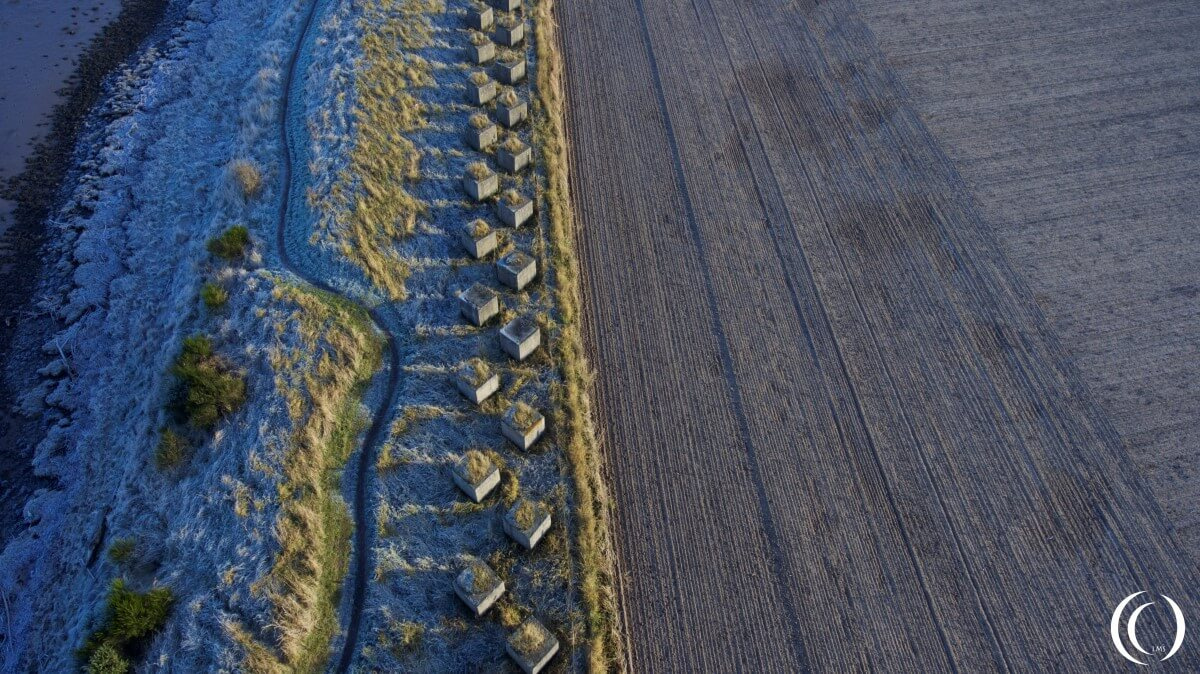
British Anti-Invasion Preparations
During World War Two Great Britain tried to defend its long coastline. They build all kinds of protective constructions, lookout posts, searchlight positions and other warning systems. They used a home guard, officially named LDV – Local Defence Volunteers, who helped the government with information and extra eyes. 1,5 million sets of extra eyes to be more precise. The coast was strengthened with fortifications, pillboxes and anti-tank obstacles with barbed wire defenses and anti-personnel and anti-tank mines. Gun positions were filled up with obsolete World War One Naval guns.
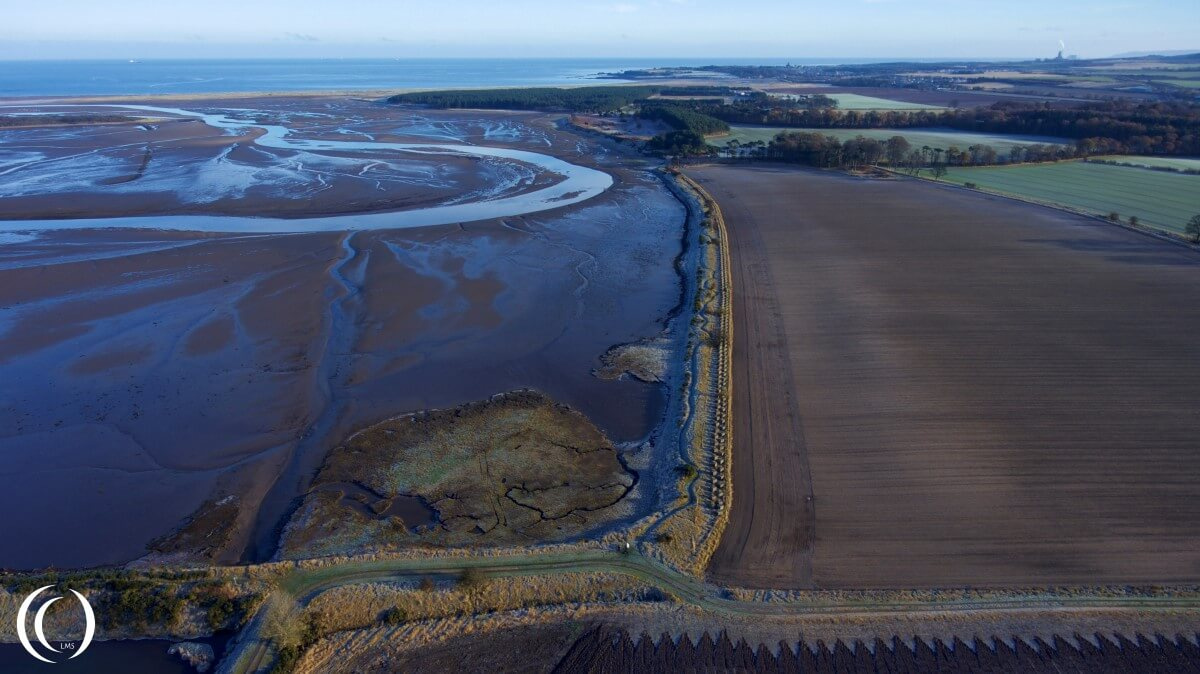
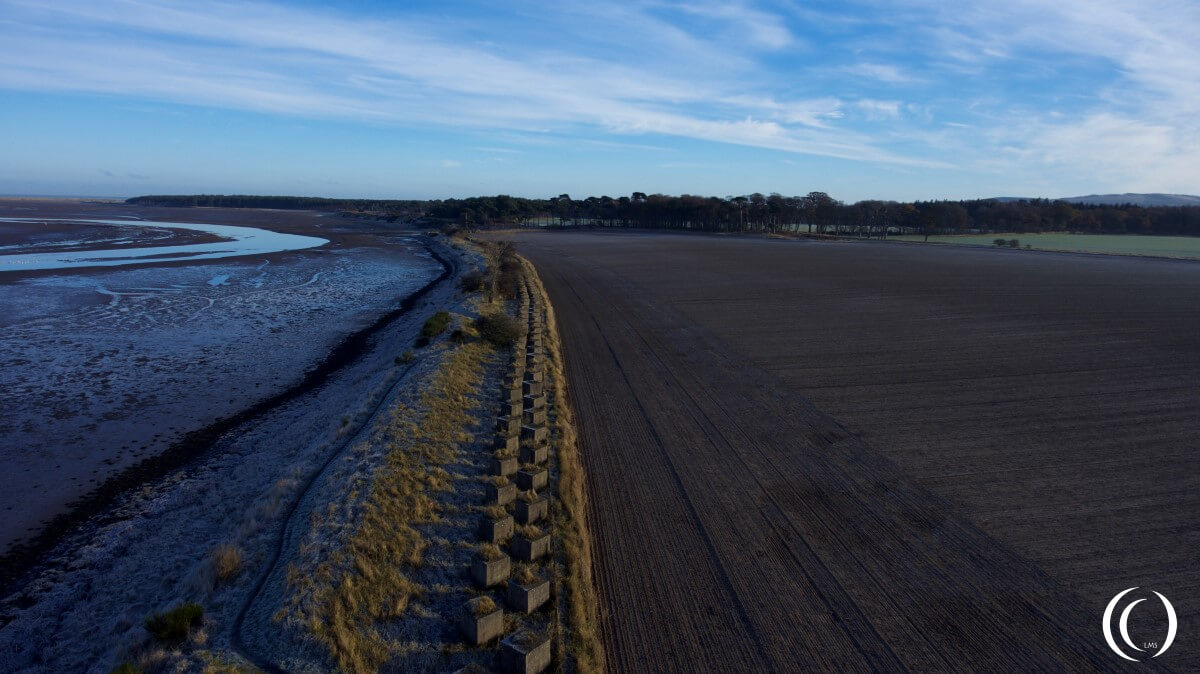
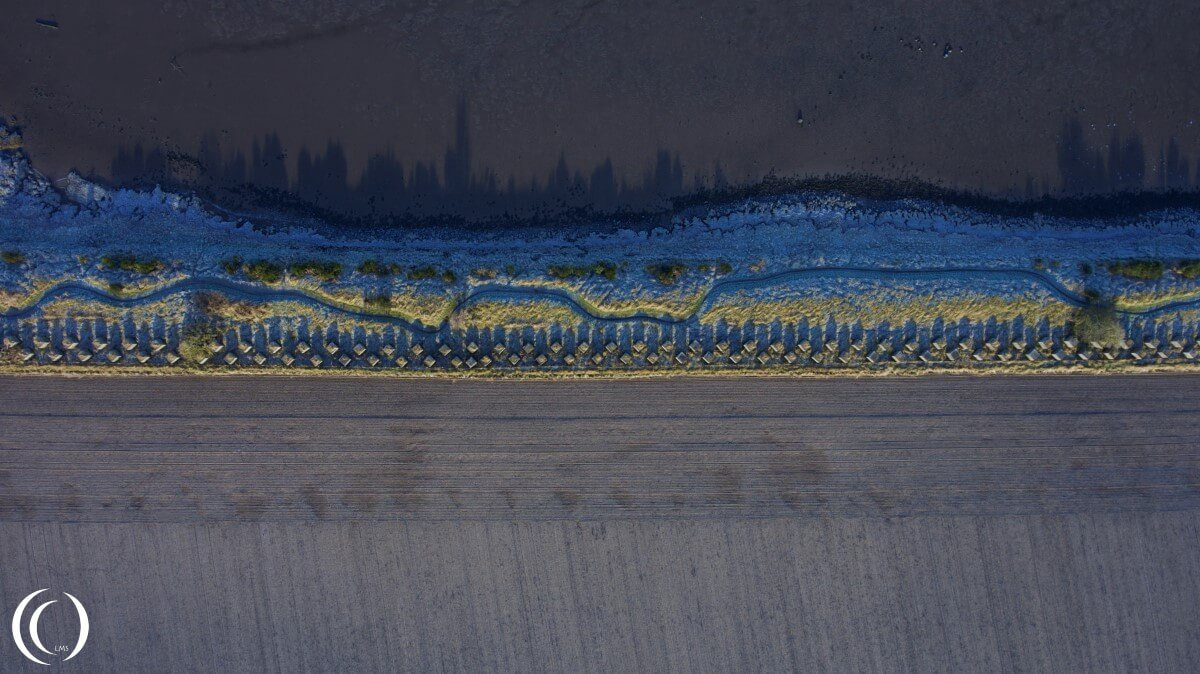
Today the mines and barbed wires are gone but the concrete constructions can still be found as can be seen on this beautiful drone movie made by Erika. This particular anti tank wall can be found near Dunbar in Eastern Lothian – Scotland near the Hedderwick Hill Plantation.
A Tank on the beach
Further down the beach lies a wreck of a tank. This World War Two tank is identified as a Matilda II type. The Matilda was an infantry support tank, high speed was not necessary, but thick armor was. It could reach a top speed of 26 km/h on the road and had a 40 mm, a two pounder gun. Its Armor could be up to 80 mm thick. Almost 3.000 Matilda’s were built between 1937 and 1945 and it was used by English forces, Soviet troops due to the lend and lease pact, and Australian forces. It looks like this Matilda tank was used as target practice. Locals mention it was a dozer variant.
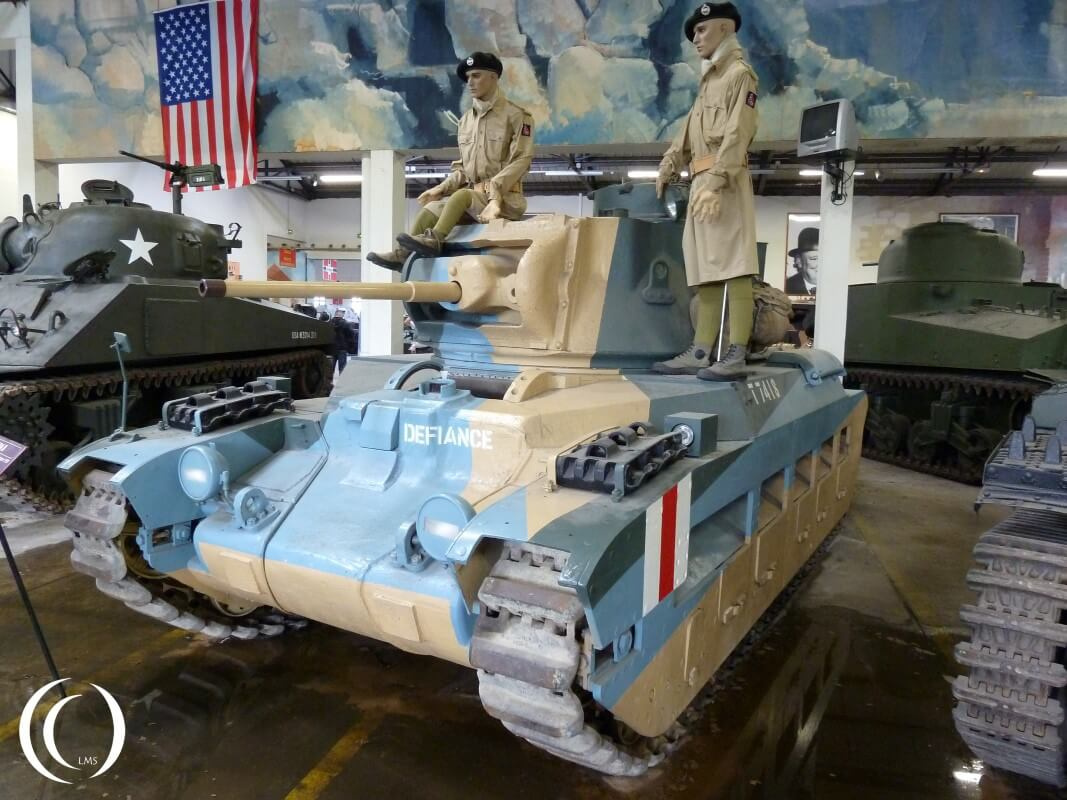
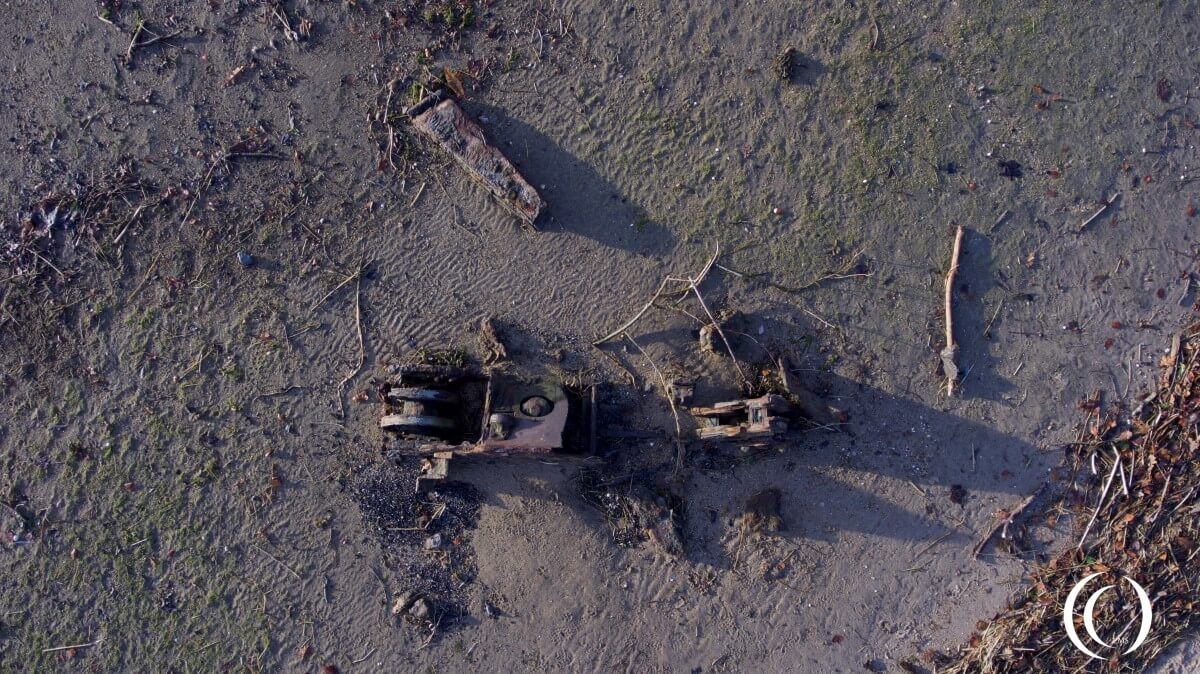
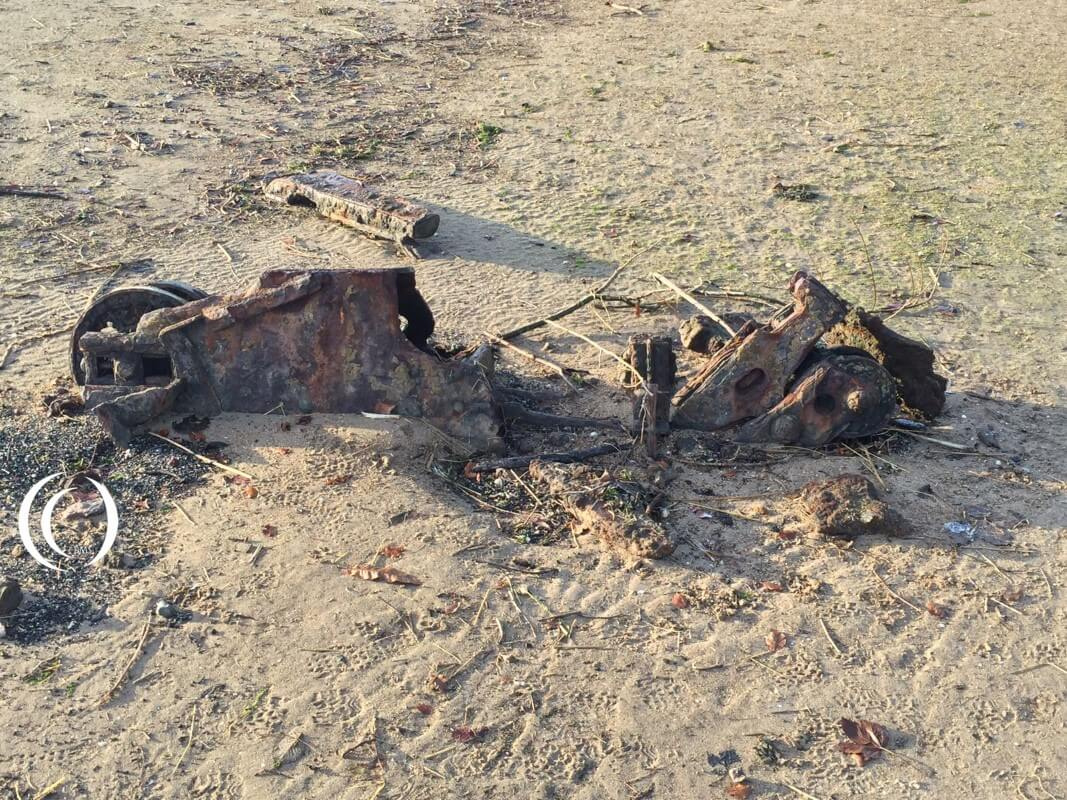
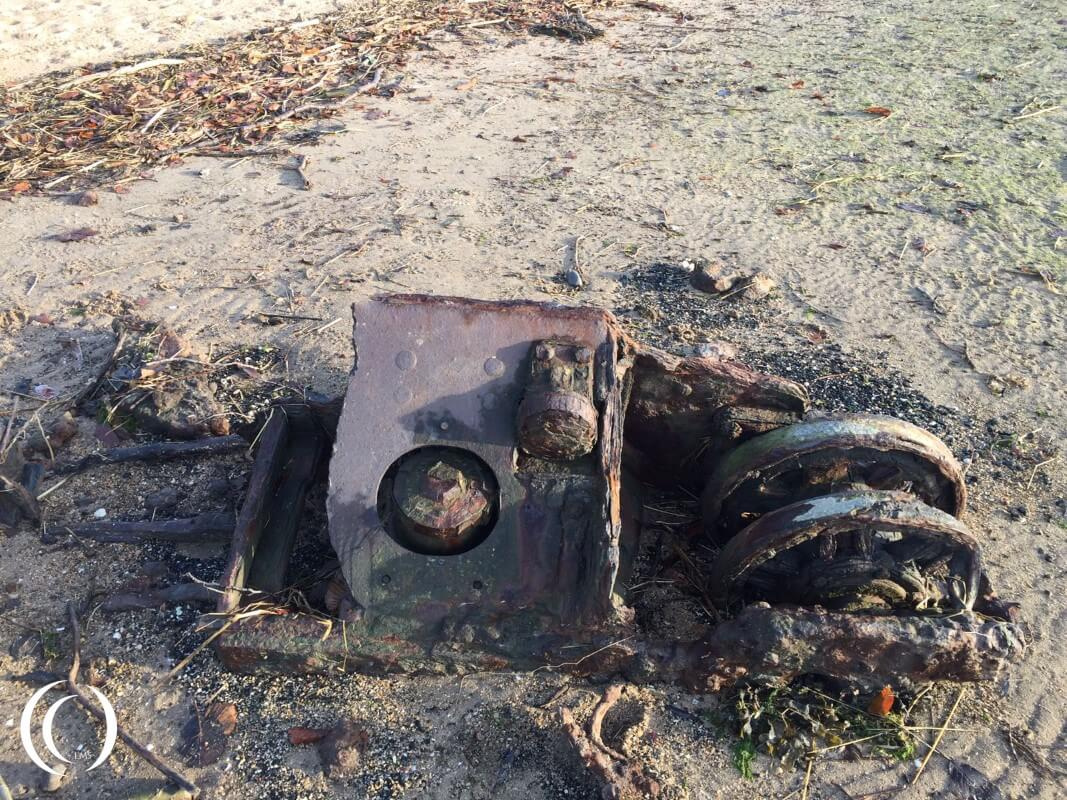
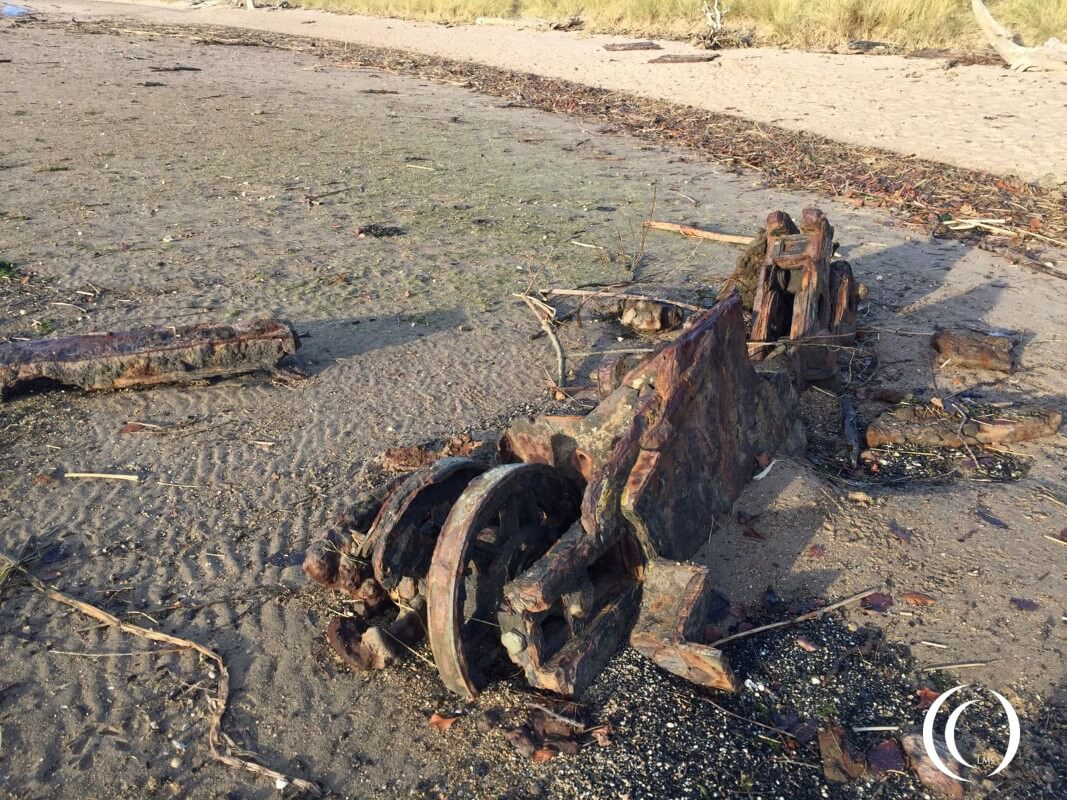
The Matilda remains can be found at the coordinates: 56.011820, -2.576448
The Polish Army in Eastern Lothian
After the invasion of Poland and occupation of France and Belgium by the German army, 17.000 Polish soldiers arrived in England. The 1st Polish Armoured Division had its training grounds in Scotland. They arrived with the legendary Major General Stanislaw Maczek who lived in Scotland after the war. One of the larger units, the 10th Mountain Rifles trained in East Lothian, was stationed at the Amisfield Park in Haddington. They trained with Crusader tanks and helped to build coastal defenses and lay mines. The unit was sent to southern England for extensive training and returned afterwards. During this time they were stationed in Peebles and later on in Dalkeith. The 1st Polish Armoured Division landed in Normandy in July of 1944 and would battle through Europe. Their last battle was for the town of Wilhelmshaven in Germany in May 1945.
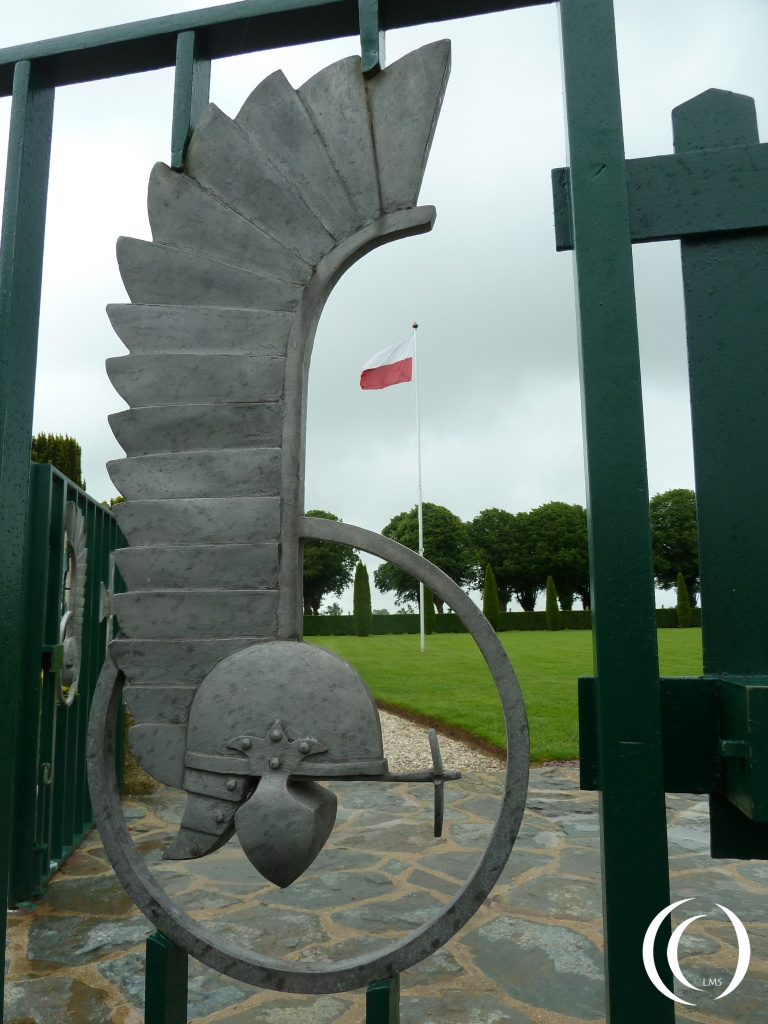
When I was a boy of six around 1955 we used to fish for Flounders in the River Tyne estuary were it ran over the sands on the way to the sea. I came there in the summer twice a month from Edinburgh on the bus with my dad to fish. Bored one day I went for a walk along the marin grass banks that used to be there and discovered this tank. It became a habit to go and look at it on every trip. It was mostly whole then with the turret still intact and all the bogie wheels in place on the chassis. The tracks where scattered all around in pieces. What always stuck in my mind was that a shell around 4 inches in diameter was imbedded in the side of the turret. The turret metal had splayed out like putty around were the shell was imbedded. On the walk to the beach we would regularly find spent cartridges and once an intact one! I have no idea what happened to that? We would also regulary come across mortar shell flights. The tail end of the mortar with metal flights like a dart.